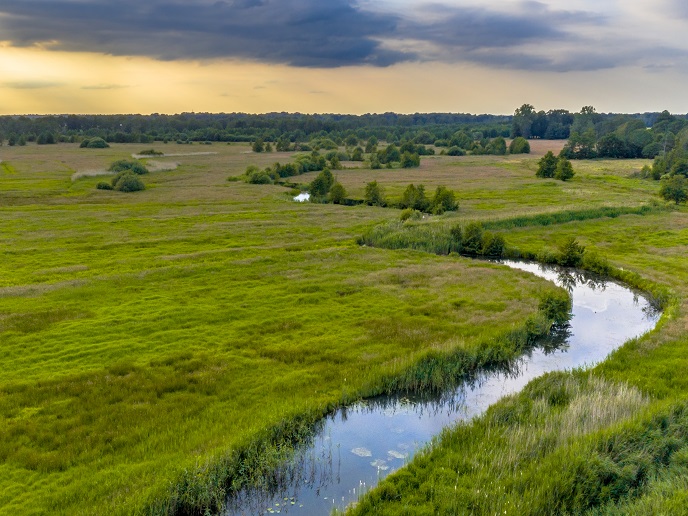Sustainable systems and policies for future permanent grasslands
In agroecological terms, permanent grasslands are herbaceous plant covers of great variety. They provide high ecological balance, preserve soils and protect biodiversity. Farmers can use them for grazing, for renewable energy production, or simply to improve soil properties for a duration of at least five years. In practice, however, permanent grasslands are under threat from abandonment, heat, drought stress and conversion to temporary grassland. The SUPER-G (Developing SUstainable PERmanent Grassland systems and policies) project was set up to tackle these issues with a multi-stakeholder approach involving farmers, landowners and managers, civil society, NGOs, researchers, policymakers and businesses. “We are trying to identify sustainable systems based on permanent grassland that can benefit society and then to get the policies in place to allow farmers to make a decent living while maintaining these grasslands,” says Paul Newell-Price, principal research scientist at project partner RSK ADAS. The project has four core objectives: better understanding grasslands across five European regions, benchmarking their performance, co-developing approaches for sustainable permanent grassland management, and co-developing tools and policy mechanisms. Since SUPER-G was kicked off in 2018, the team has developed a European grassland typology and a conceptual model of farming systems. They claim to have reached a much better understanding of the functioning of permanent grasslands and started making an inventory of management approaches and emerging technologies. Another key achievement so far is the data gathered from five biogeographic regions (Alpine, Atlantic, Continental, Mediterranean, and Pannonian). Some innovative practices were identified, such as multispecies swards, virtual fencing, and remote sensing technology to optimise ecosystem service delivery. Field experiments, trials and demonstrations have also been set up on commercial farms and experimental platforms. The consortium successfully established a total of 23 farm networks across 14 countries. With a total of 32 scientific articles already available on the SUPER-G website, the project is already proving to be quite fruitful and wide-reaching. The project consortium has successfully provided, among other things, a systematic review of threats in European grasslands, proposals to improve the sustainability of European grasslands, and a systematic review of ecosystem services from permanent grasslands. Further papers are dedicated to specific solutions developed by the project consortium, such as a farm-level decision support tool to help farmers better manage their permanent grasslands, while others cover specific questions, including whether citizen science can be used to estimate grassland vegetation based on smartphone pictures. SUPER-G is due for completion in February 2024.
Keywords
SUPER-G, permanent grassland, agroecological, farming, ecosystem services



